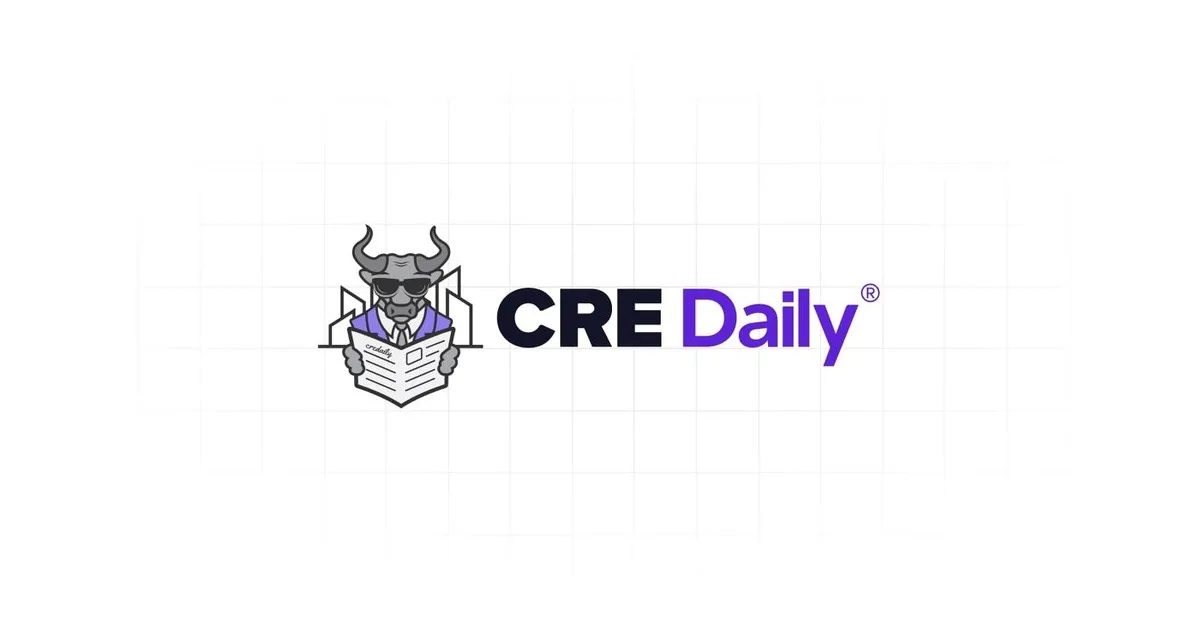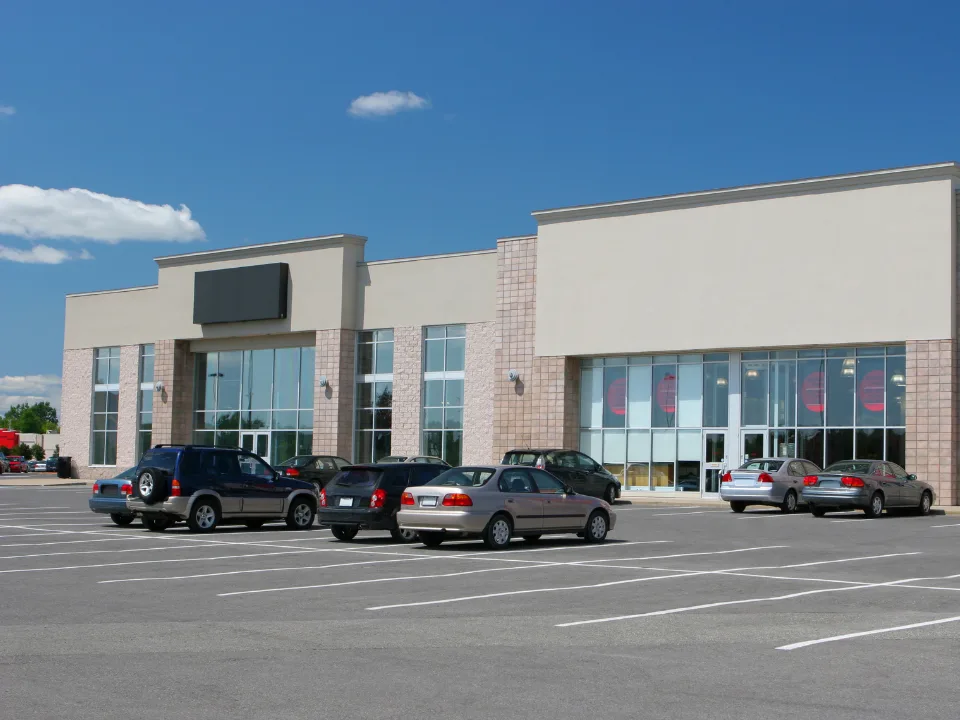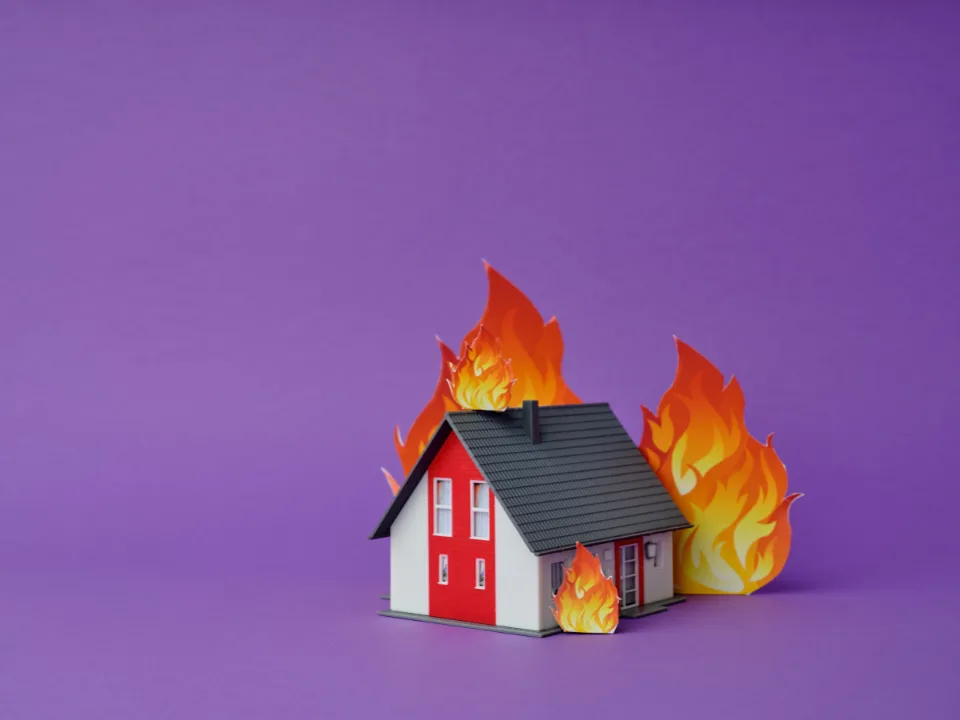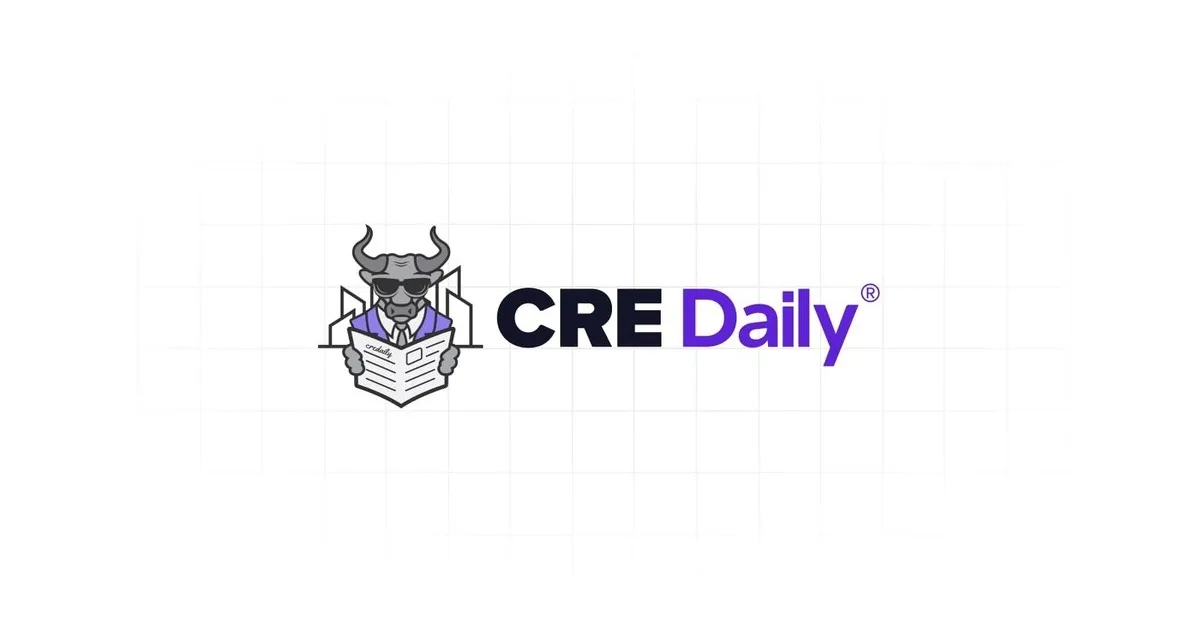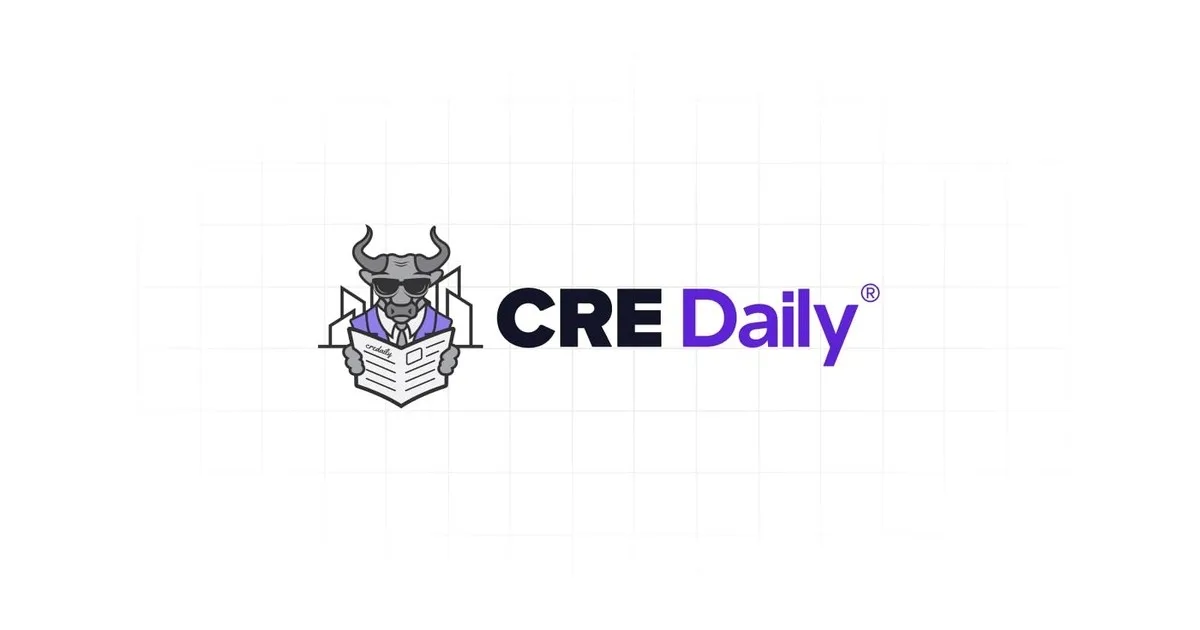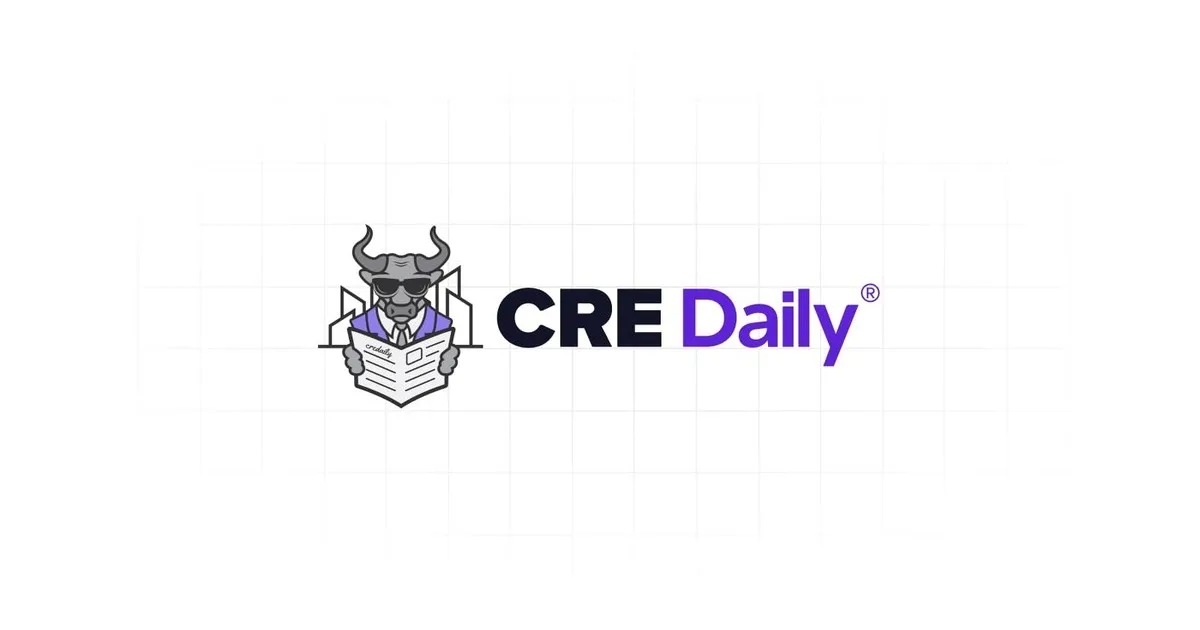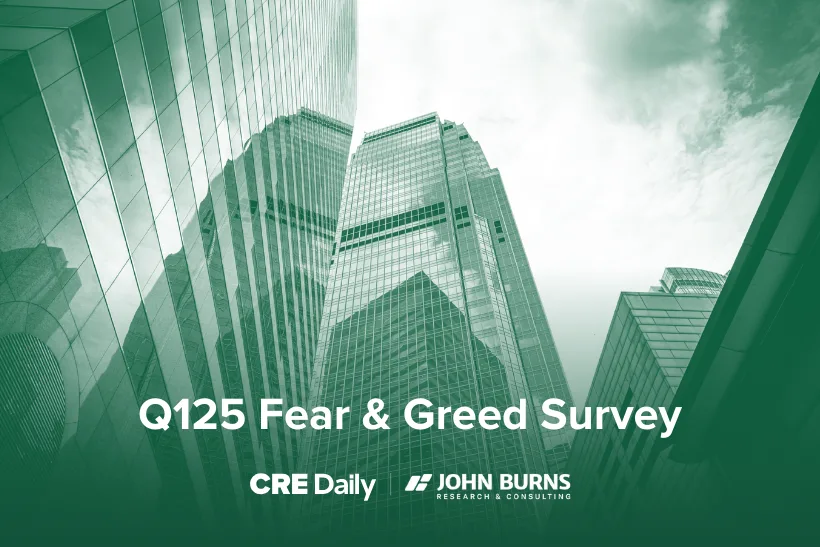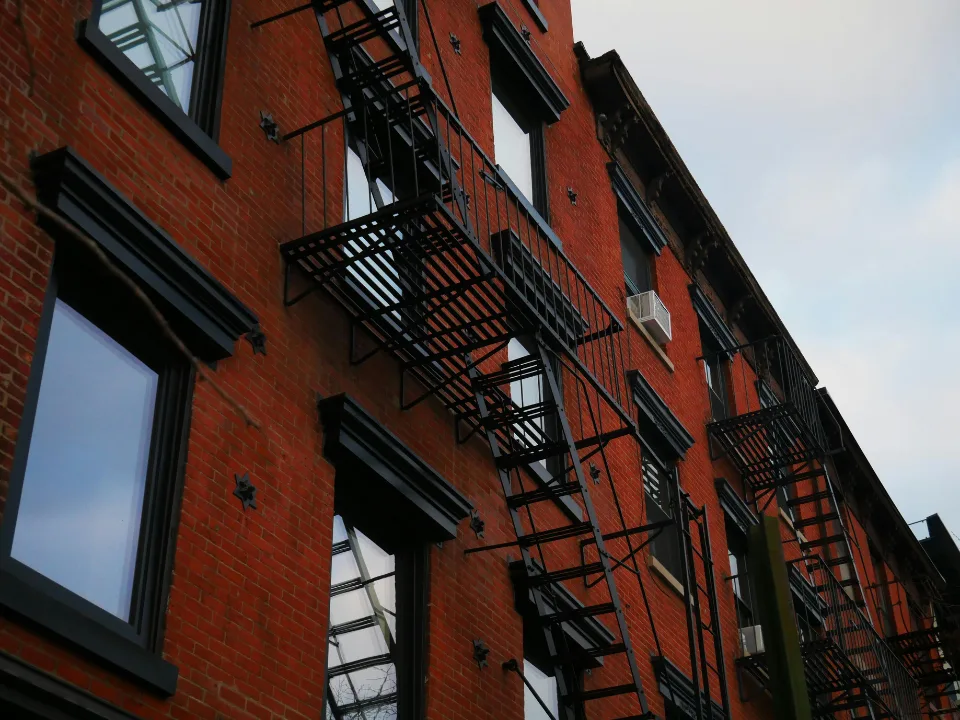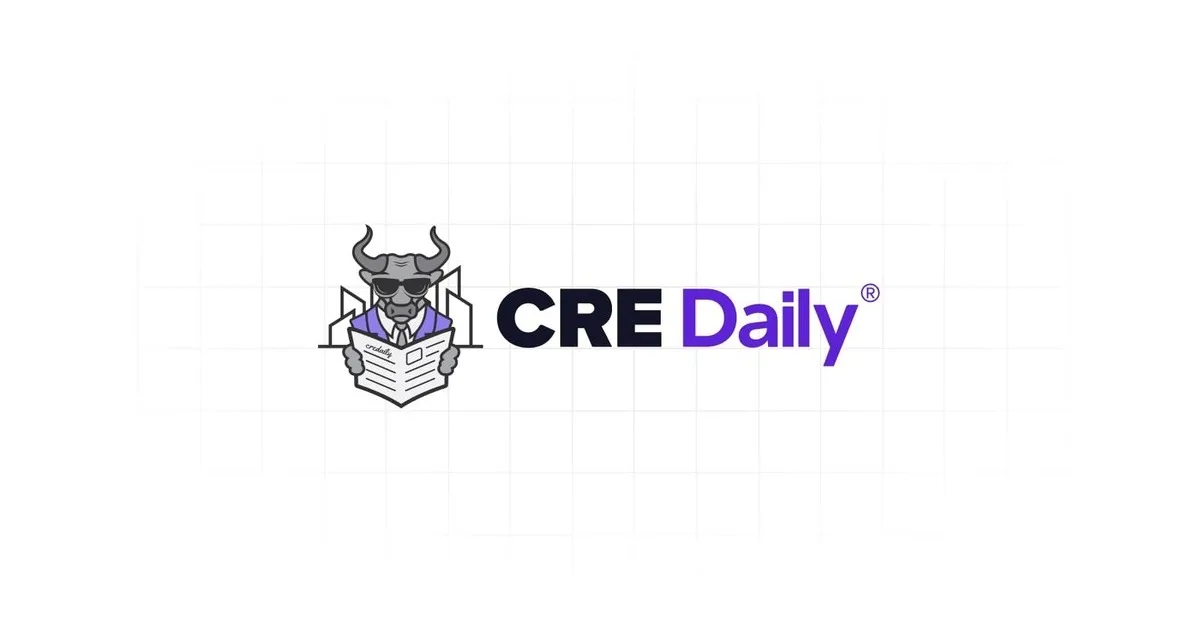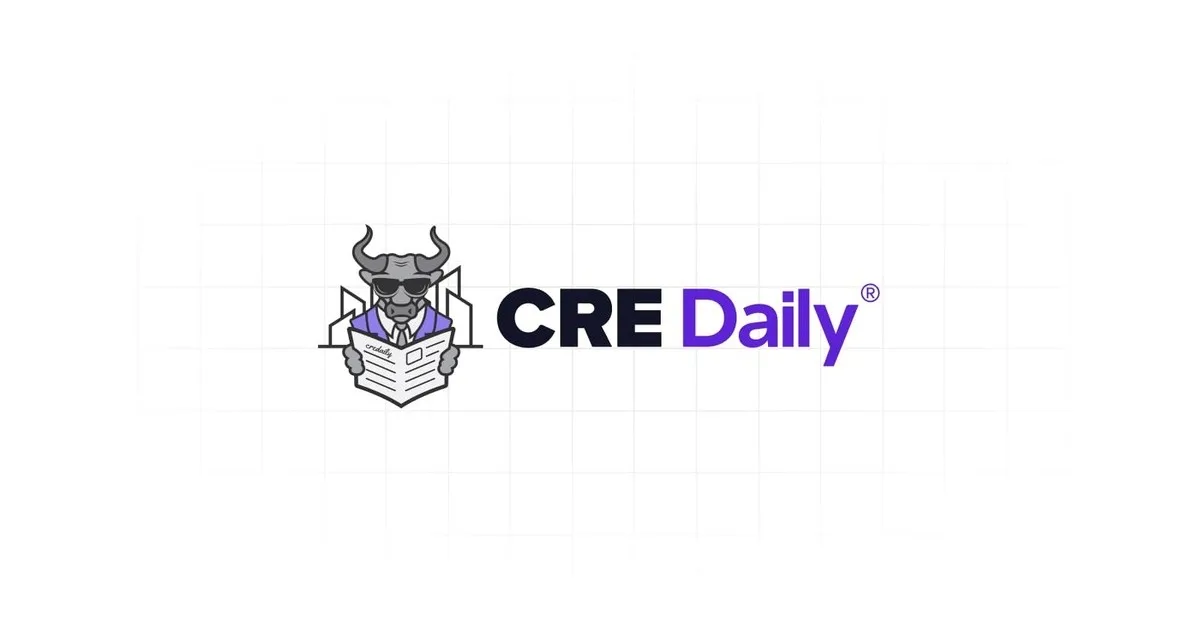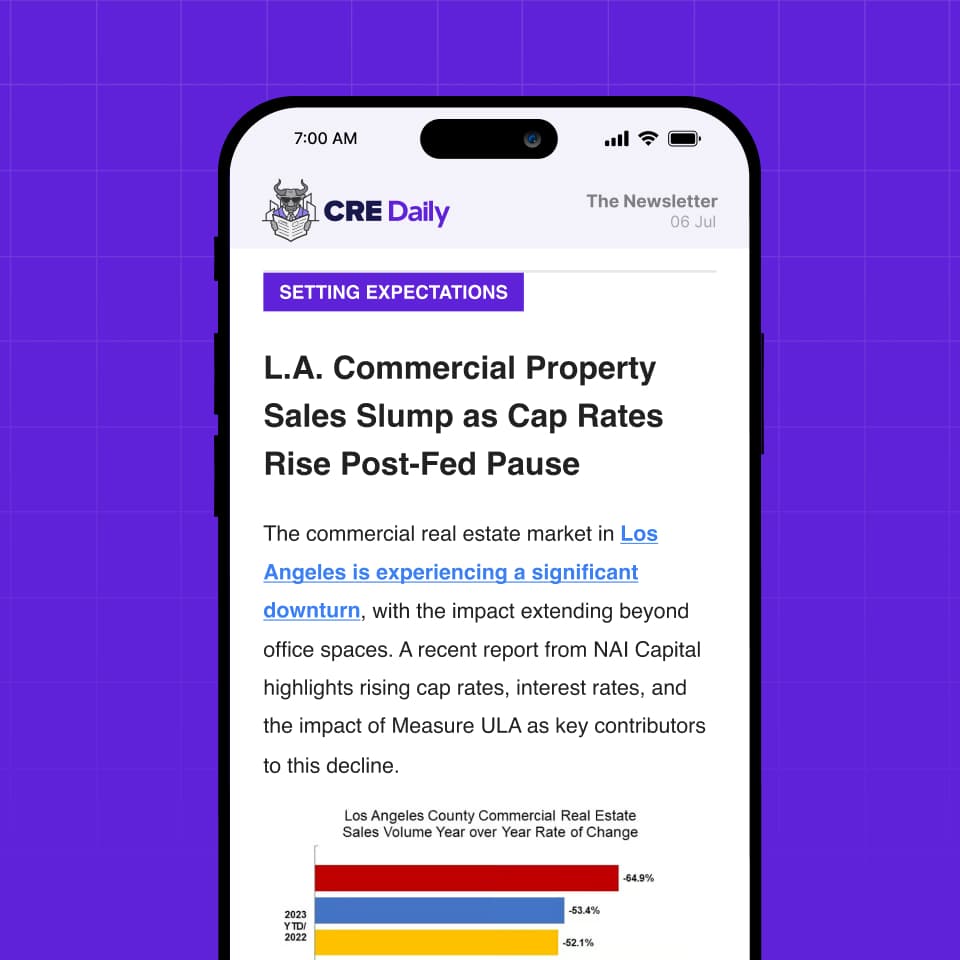- Property insurance costs have doubled for some commercial properties since 2018.
- Rent growth has helped offset rising insurance costs in many cases.
- Properties in high-risk areas like Texas and Florida face the steepest insurance hikes.
- Multifamily and retail properties saw the worst increases in insurance costs.
- Lenders and investors must factor in rising insurance costs during due diligence.
A new Moody’s analysis revealed that insurance costs have shot up for certain types of commercial real estate in certain places.
Indeed, many CRE owners have seen their insurance costs double as a percentage of revenue since 2018, according to GlobeSt.
By The Numbers
While rent growth has helped mute the impact on bottom-line revenues, the escalating cost of property insurance has become a major concern for owners and investors.
According to Moody’s, the worst 1% of tracked properties saw insurance costs rise from 7% of total property revenue in 2018 to 13% in 2023.
The worst 5% of properties experienced increases from 4% to 8% in the same period. Even properties below the 50th percentile faced an average rise of 50 bps.
Get Smarter about what matters in CRE
Stay ahead of trends in commercial real estate with CRE Daily – the free newsletter delivering everything you need to start your day in just 5-minutes
Sector by Sector, Region by Region
Rising insurance costs are particularly pronounced in regions prone to climate risks. Texas and Florida, which have faced repeated hurricanes and natural disasters, featured heavily in the top 20 US metros with the highest insurance cost growth.
However, the problem is not exclusive to the Gulf Coast—metros in the East, Midwest, and South also face significant increases.
Unsurprisingly, the impact of rising insurance costs also varies by property type:
- Multifamily: Insurance costs jumped from 7% in 2018 to 14.3% in 2023.
- Retail: Costs climbed from 8% to 12.8%.
- Hotel & Office: Both sectors saw increases from 5% to 10.4%.
- Industrial: The lowest impact, with an increase from 5% to 7%.
Financial Implications
For property owners, insurance cost increases require an additional 1.3% annual rent growth to maintain stable net operating income (NOI) and property values. Properties in the most affected category could see NOI and value drop by 12%.
The implications extend to financing as well. Lenders may see an implied loan-to-value (LTV) increase of nine percentage points, while the debt service coverage ratio (DSCR) could decline by 0.25x.
With higher refinancing interest rates, DSCR could also fall even further, making debt more expensive and difficult to secure.
Market Outlook
While rent growth has helped mitigate some of the pressure, Moody’s analysis indicates that in the top 100 metros, median insurance cost growth has outpaced average revenue growth over the past six years.
This dynamic suggests that rising insurance expenses will remain a challenge for CRE owners and investors moving forward.
Given these trends, due diligence should now include a thorough assessment of insurance costs and climate risks. Asset managers may need to revise budgeting strategies, reconsider exit plans, and in some cases, negotiate with lenders for waivers on minimum coverage requirements.

